“What are those creepy figures?” my youngest asked.
We were driving the back roads to Florida for a family vacation.
“I believe that’s what they call kudzu,” I explained.
“They look like monsters.”
“Yes, they do.”
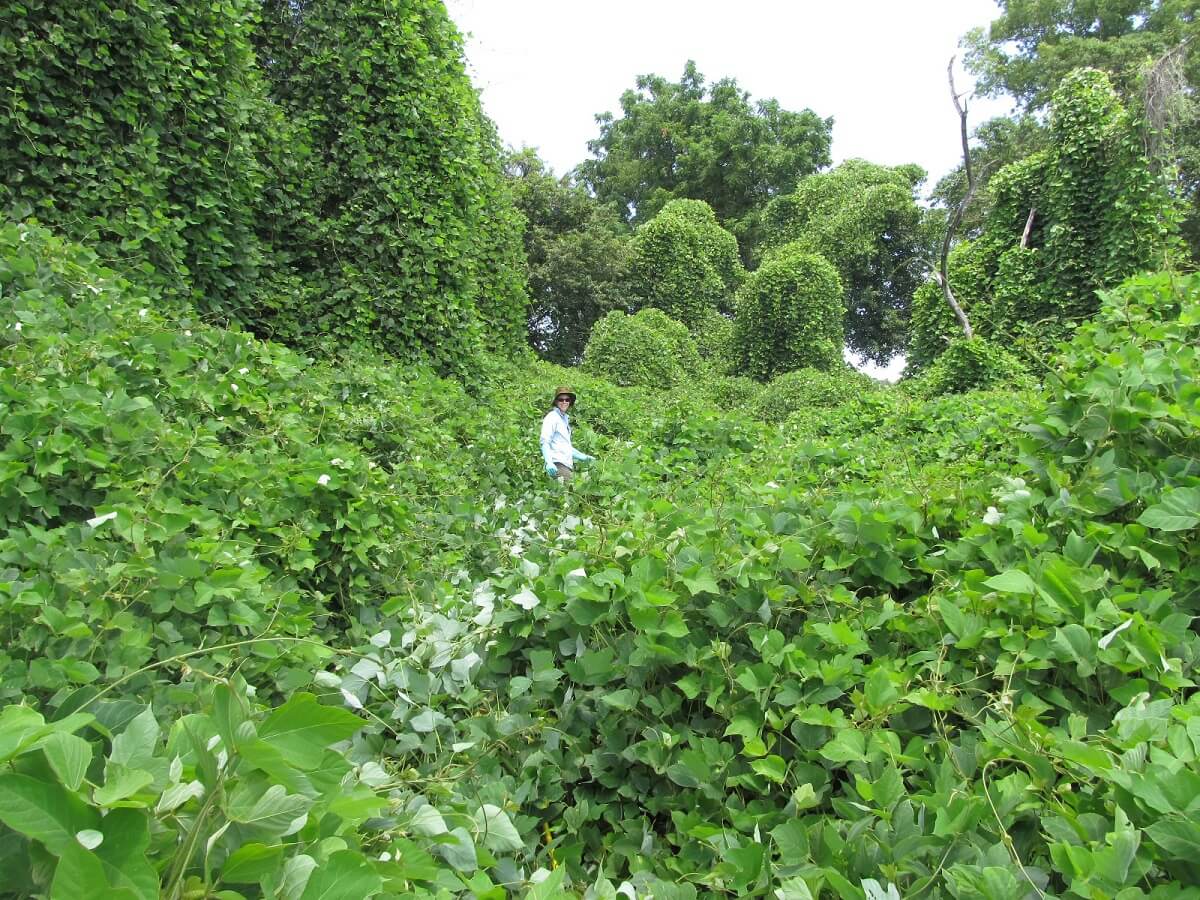
I had read about kudzu years ago but had never seen the plant this close. It was downright eerie. Kudzu is an Asiatic vine that was introduced to the Southern States in the late 1800s to create a cover plant to prevent erosion. A few years after it was introduced to farmers, homeowners and gardeners were also planting the vine to grow over houses and provide much-needed shade. It definitely had some beneficial qualities.
Related Post: How To Get Rid Of Morning Glory
But like the weed it was eventually categorized to be, this vine took to the rich soil and spread across and over anything and everything in its path. Today, it is believed to cover over seven million acres of land and everything that grows on the land – even trees and buildings! Resistant to stress and drought, the plant is believed to grow at least a foot a day.
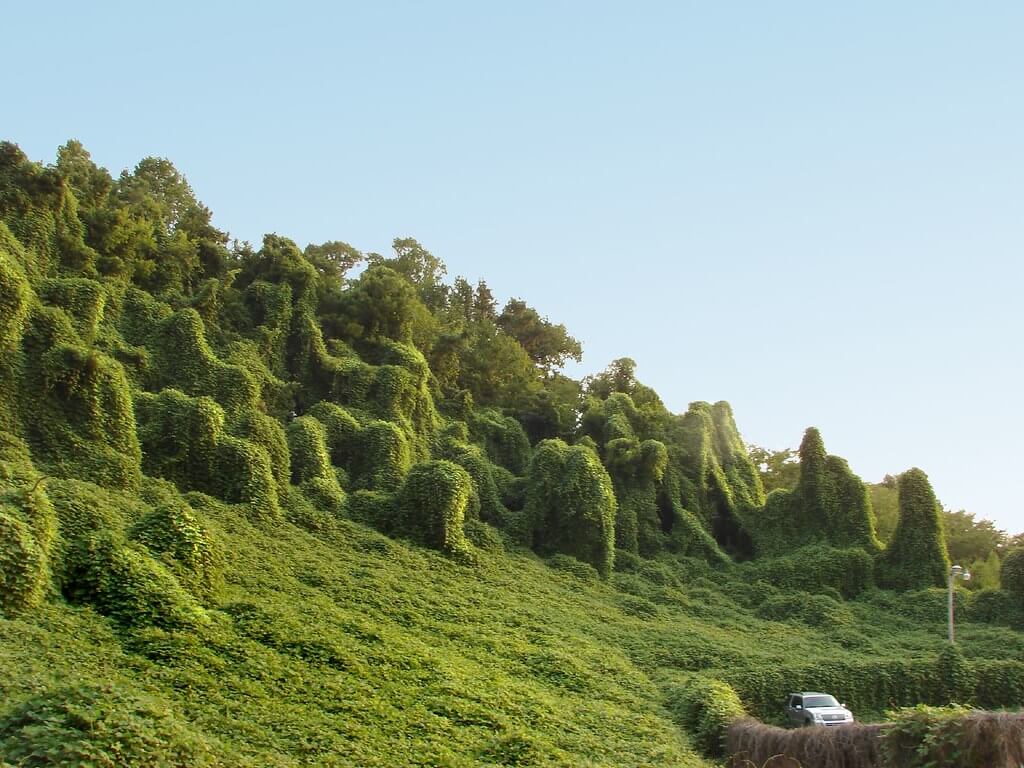
Too often we look for a quick fix to an ecological problem, and introduce something from another environment as a quick fixer-upper. Then we realize (often too late) that the quick fix is creating more of a problem than the original.
Purple Loosestrife: Beautiful but Aggressive
Another invasive plant still found in some nurseries and home gardens is purple loosestrife. It has a long history in North America as well, after being brought over from Europe and Asia by early nineteenth century settlers. Typically, a wetland plant, purple loosestrife has invaded North American wetlands and roadsides.
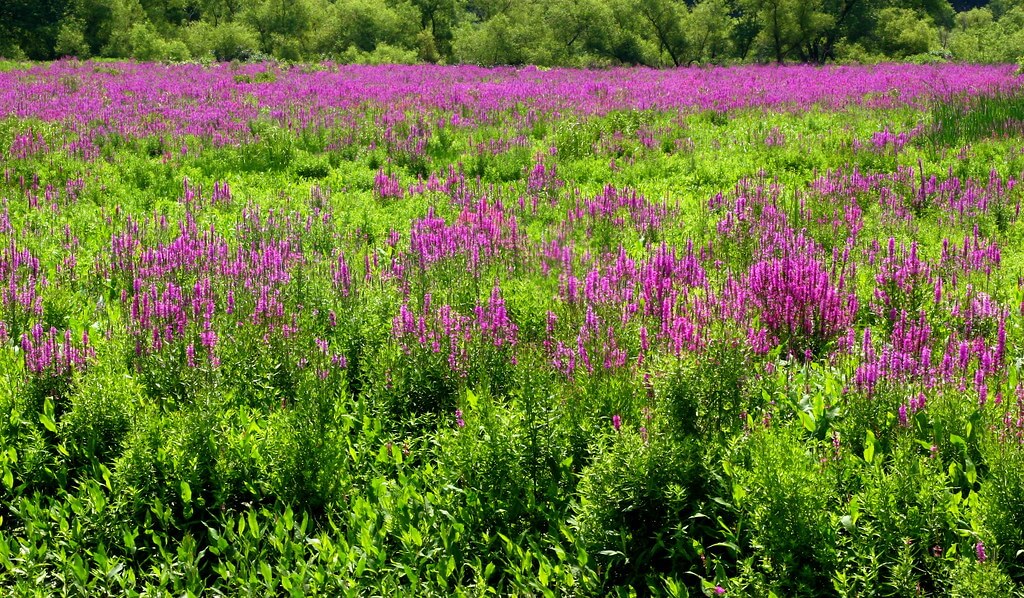
I can remember in the 1970s, my grandmother was talking about the introduction of purple loosestrife as a roadside wildflower — to replace the grasses that needed constant attention, cutting, and weeding. Many people, including my grandmother, expressed their concerns, but the plant was introduced to large tracks of land bordering major highways, and its invasive nature took over.
Related Post: How To Remove Bramble Bushes
Its thick mat of roots depletes the soil’s nutrients and the plants, with as many as 30 flowering stems a piece (and producing millions of seeds annually), crowd out other native plants, reduce biodiversity, and diminish the required richness of the habitat for local wildlife. Large stands of purple loosestrife clog irrigation canals and other waterways. It degrades the nutrient value of farmland as well as the forage value of pastureland.
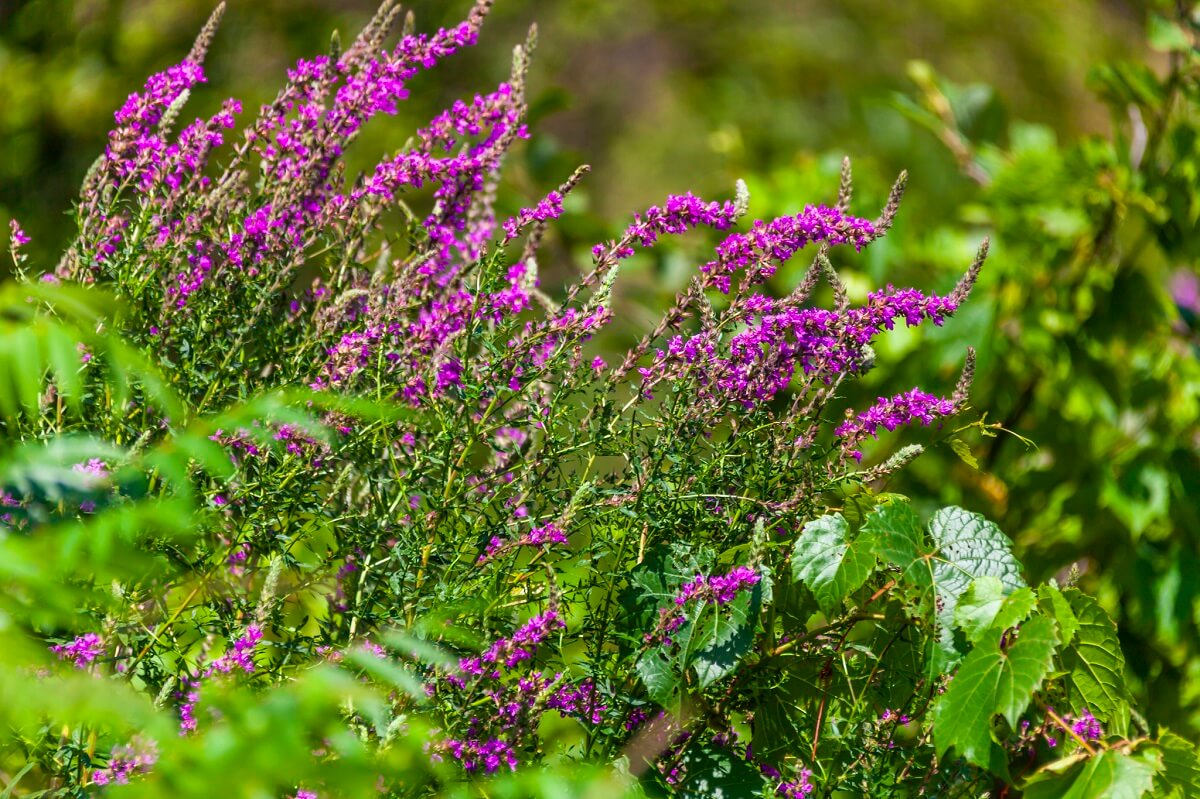
To counter the invasion, North American governments introduced the European black-margined loosestrife beetle (Galerucella calmariensis) to the North American environment in 1992. After considerable testing, it was determined that this beetle would effectively diminish and control the invasion of the purple loosestrife after it was discovered it only ate purple loosestrife.
Time will be the judge of this bold move. In the meantime, we can help, too. By rooting purple loosestrife from our gardens, and staying on the hiking paths so we don’t help spread the seeds.
Wild Parsnip: Spikey and Hard to Eradicate
Another invasive plant brought over from Europe and Asia by early settlers is the wild parsnip. Not only does it take over fields and gardens, it is huge and very dangerous to handle which makes control efforts difficult. Although the parsnip root is edible and was cultivated by early settlers, the sap from the plant itself causes severe burns, rashes, and blisters. Its alternate name, poison parsnip, is well earned.
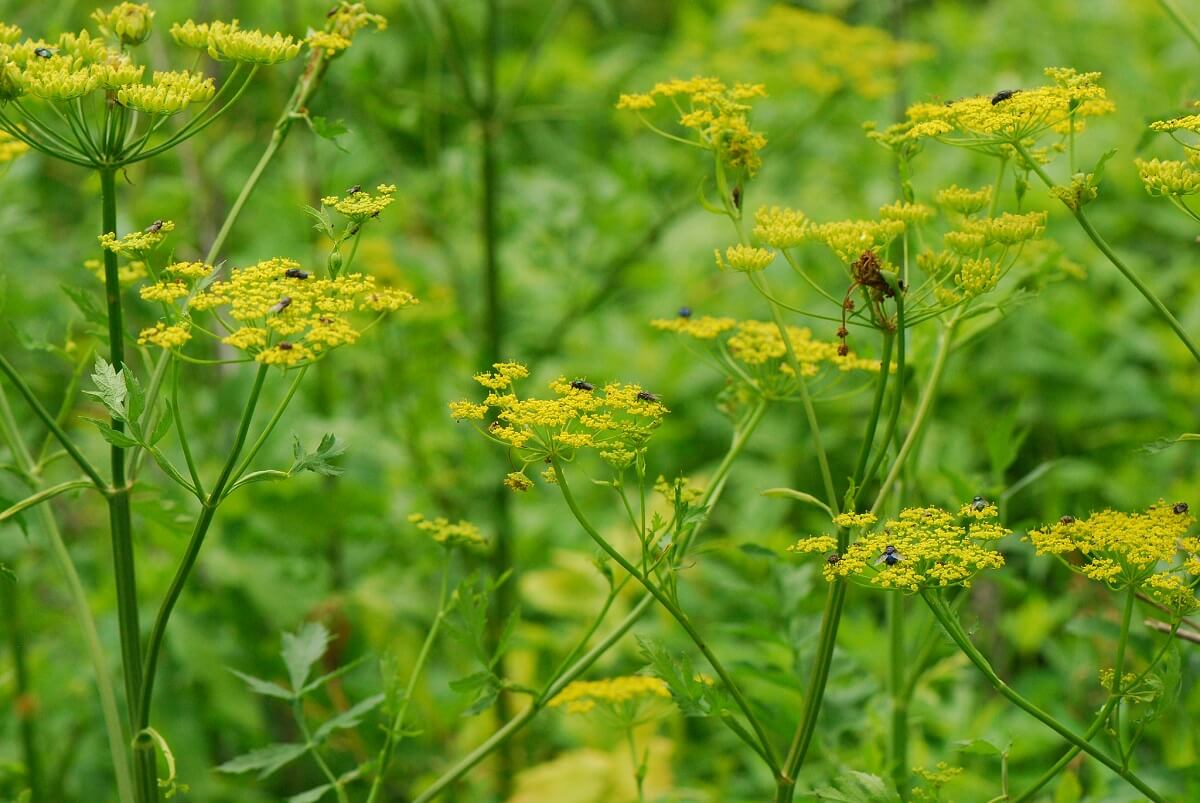
Wild parsnip grows anywhere and everywhere. From meadows and open fields to waste dumps and abandoned yards. Growing in dense stands, it overpowers other native plants, diminishing the biodiversity of the area infected. Giant hogweed is another invasive plant from the same family as the wild parsnip that has a dangerous chemical sap.
Related Post: How To Harvest And Transplant Wild Asparagus
Mowing down the plant merely causes it to spread. Burning it allows the chemical sap to infect the air, and leaving it alone allows it to spread even further. Like kudzu, both wild parsnip and giant hogweed have serious invasive properties.
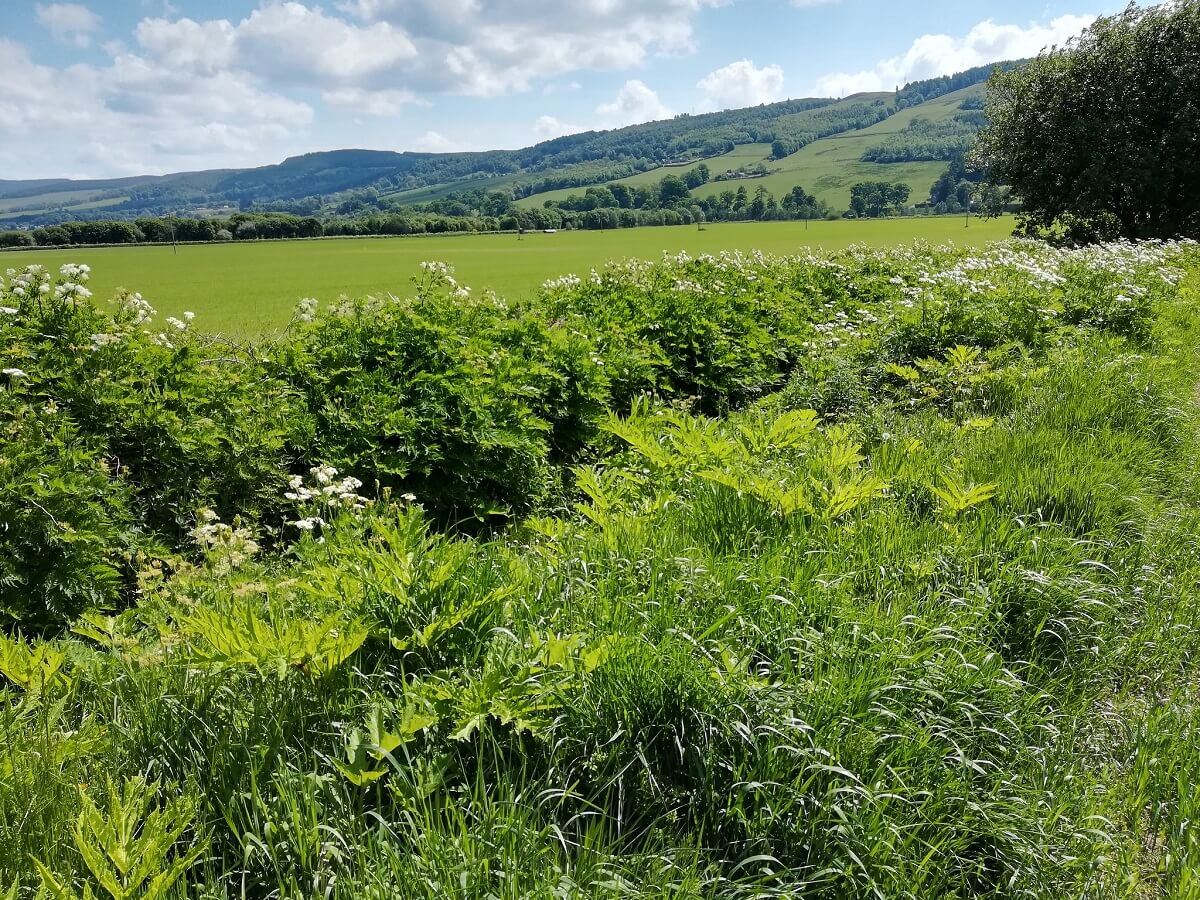
There are other invasive species that affect the biodiversity of our natural environment. Wild grape is one that particularly annoys me. It grows with ease, crawling its way up mighty trees, and choking them until the trees eventually die. I am forever cutting down this vine; sometimes the stalk is as thick as a foot in diameter, almost a tree in itself. Wildlife seem to enjoy eating this vine, so there is some natural help in keeping it under control.
We have to be careful about what we introduce to our environment from another natural habitat. Sometimes looking for an easy fix, we assume someone else’s solution is the best one for us. We need to weigh the pros and cons carefully, so we don’t end up with monsters that devour our own natural habitat like the kudzu, wild parsnip, and many other invasive species are doing at an alarming rate.


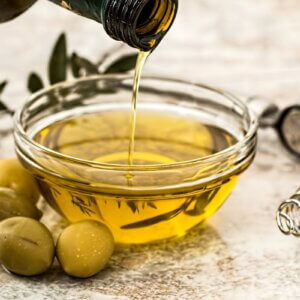
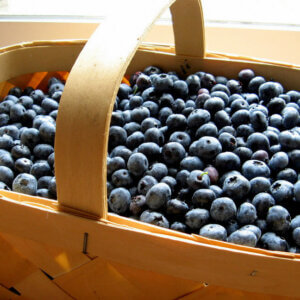





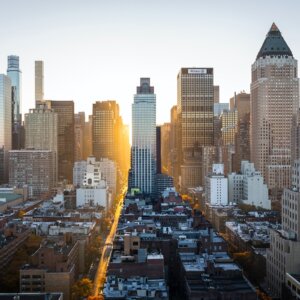
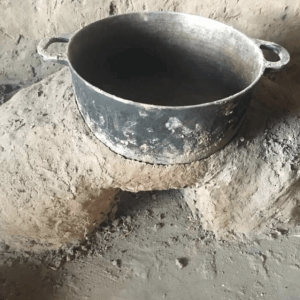


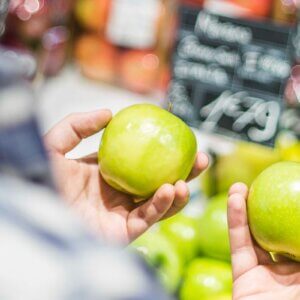
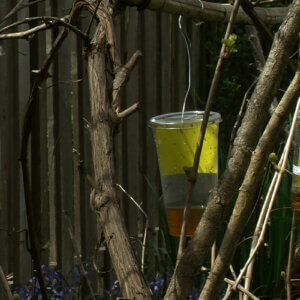


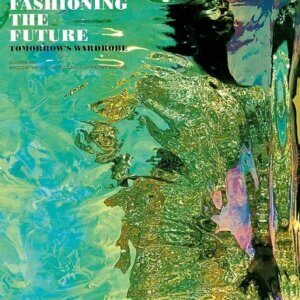

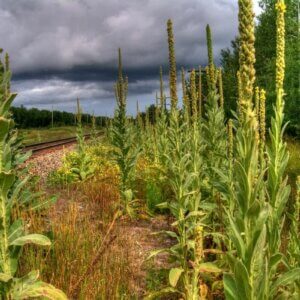

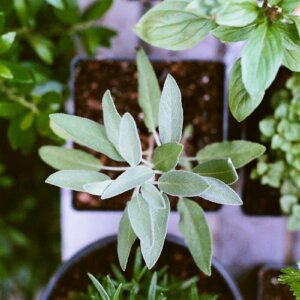


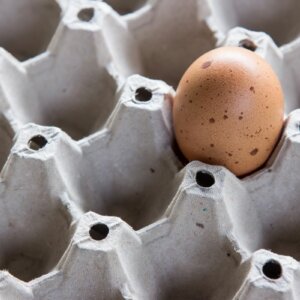



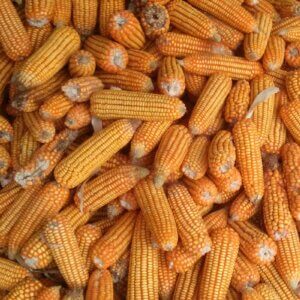

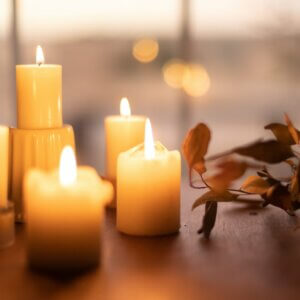

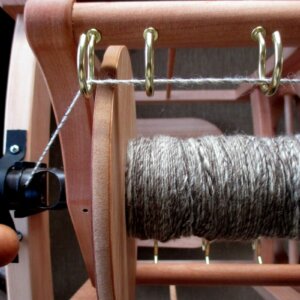
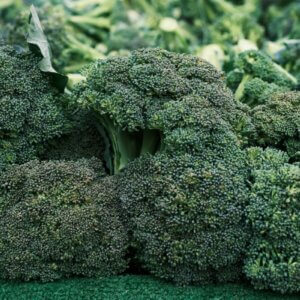
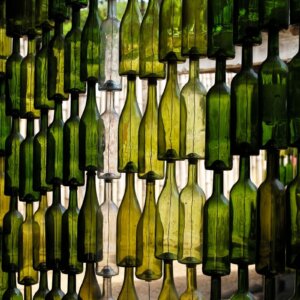





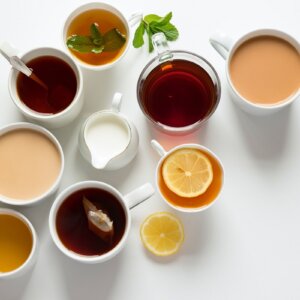
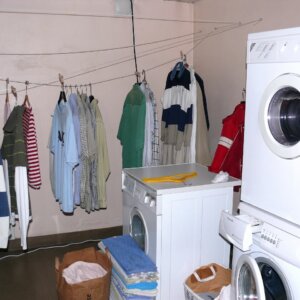
Leave a Reply